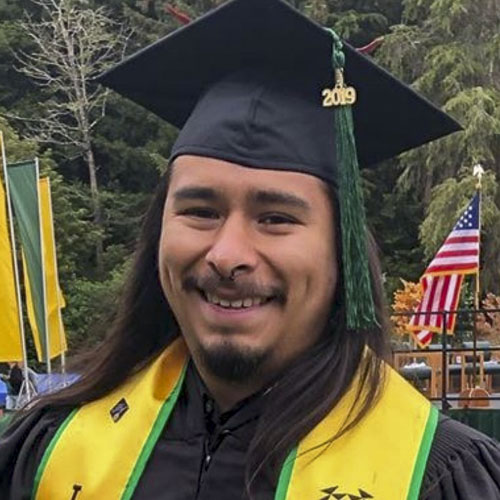
Host Mentor: Dr. Aijun Wang
UC Davis Stem Cell Program
Increasing the yield of extracellular vesicles secreted from placental-derived mesenchymal stromal cells
EVs secreted from placental-derived mesenchymal stromal cells (PMSCs) have shown effectiveness in models of wound healing, implantation, and more (Hao et al., 2020)(Casado-Diaz, Quesada-Gomez, Dorado, 2020). They have also been shown to be the key player in grafts that use PMSCs in cardiovascular repair (Mirotsou et al., 2011). Additionally, EVs secreted from PMSCs have neuroprotective, immunomodulatory, and angiogenic properties which allow for applications for pathologies historically impossible to treat such as spina bifida (Lankford et al., 2017)(Kumar et al., 2019). Unfortunately, the isolation of these biomolecules has been a barrier to their application.
Through the course of this program I had worked on research related to extracellular vesicles (EVs) secreted from placental-derived mesenchymal stromal cells (PMSCs). The main objective of my research was to develop methods to increase the yield of functional EVs for clinical applications. I had looked at different ways to alter the yield of these molecules using different culturing environments. This included characterizing EVs from different culturing methods and environments to compare yields and applications in clinical settings. Through this research I was able to compare the differences between traditional culturing methods to scaffolds that provided a three-dimensional extracellular matrix that is thought to be bioactive with PMSCs. Scaffolds that were used were bovine-derived small intestine submucosa (SIS), a material that is often used as a vehicle for cell lines such as MSCs. Results from these experiments showed that EVs secreted from PMSCs in 3D culture were comparable to traditional methods, and were able to be harvested from PMSCs for a longer period. In conclusion, yields of EVs from PMSCs seeded on SIS yielded more EVs per cell seeded, but further research in scalability, cost effectiveness, and other applicable materials is required before this is determined to be commercially viable.